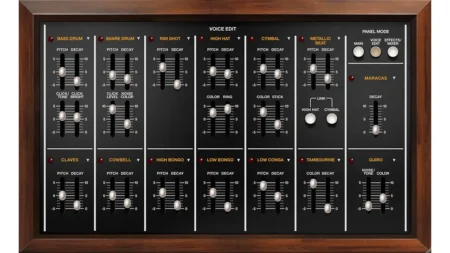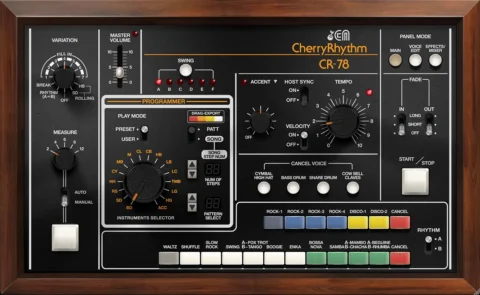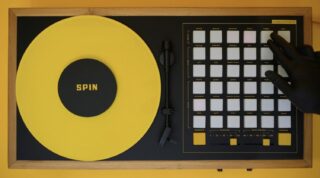TAL-Pha, New Software Synth Recreates The Sounds of Roland Alpha Juno
TAL Software has introduced TAL-Pha, a new instrument – for Linux, Max + Windows – that emulates the sound of the analog 80’s synthesizer Alpha Juno II and the MKS-50 rack-mount equivalent.
In addition to recreating the original’s sound in software, the plugin can read and convert sysex information from the original hardware and can be used as a MIDI controller.

Features:
- Emulation of the 80’s hardware synthesizer.
- Resonance boost for filter self-oscillation.
- Detune, modulate, and sync the pulse part of the DCO.
- FX section with delay, reverb, and a bell-eq.
- Arpeggiator with different modes.
- Stereo UNISON mode with up to seven voices.
- Aftertouch and MPE support.
- Microtuning support (tun file import and MTS Client).
- Original factory banks included.
- More than 380 fresh presets by Electric Himalaya, The Unfinished, Saif Sameer, emptyvessel and TAL.
- Individual tuning for every voice converts the synths DCO into a VCO.
- Reads Sysex files and Sysex MIDI from the hardware device.
- Can also control a hardware device. If enabled, it sends Sysex through the plug-in MIDI output (when supported by your DAW).
A head-to-head comparison with the original hardware:
TAL-Pha is available now, with an intro price of $64 + VAT (normally $80).






